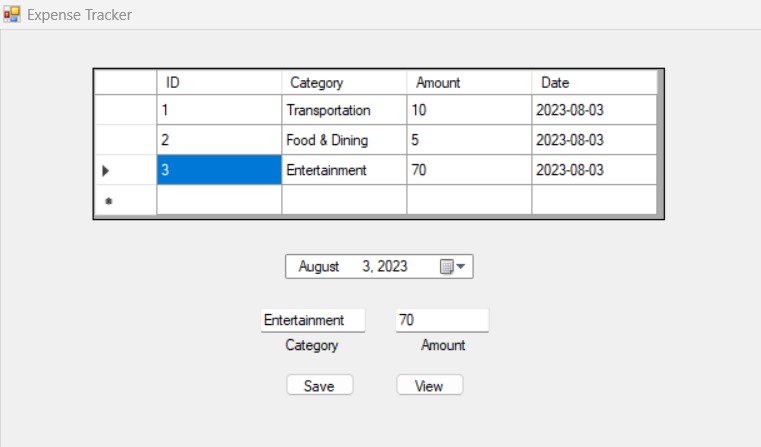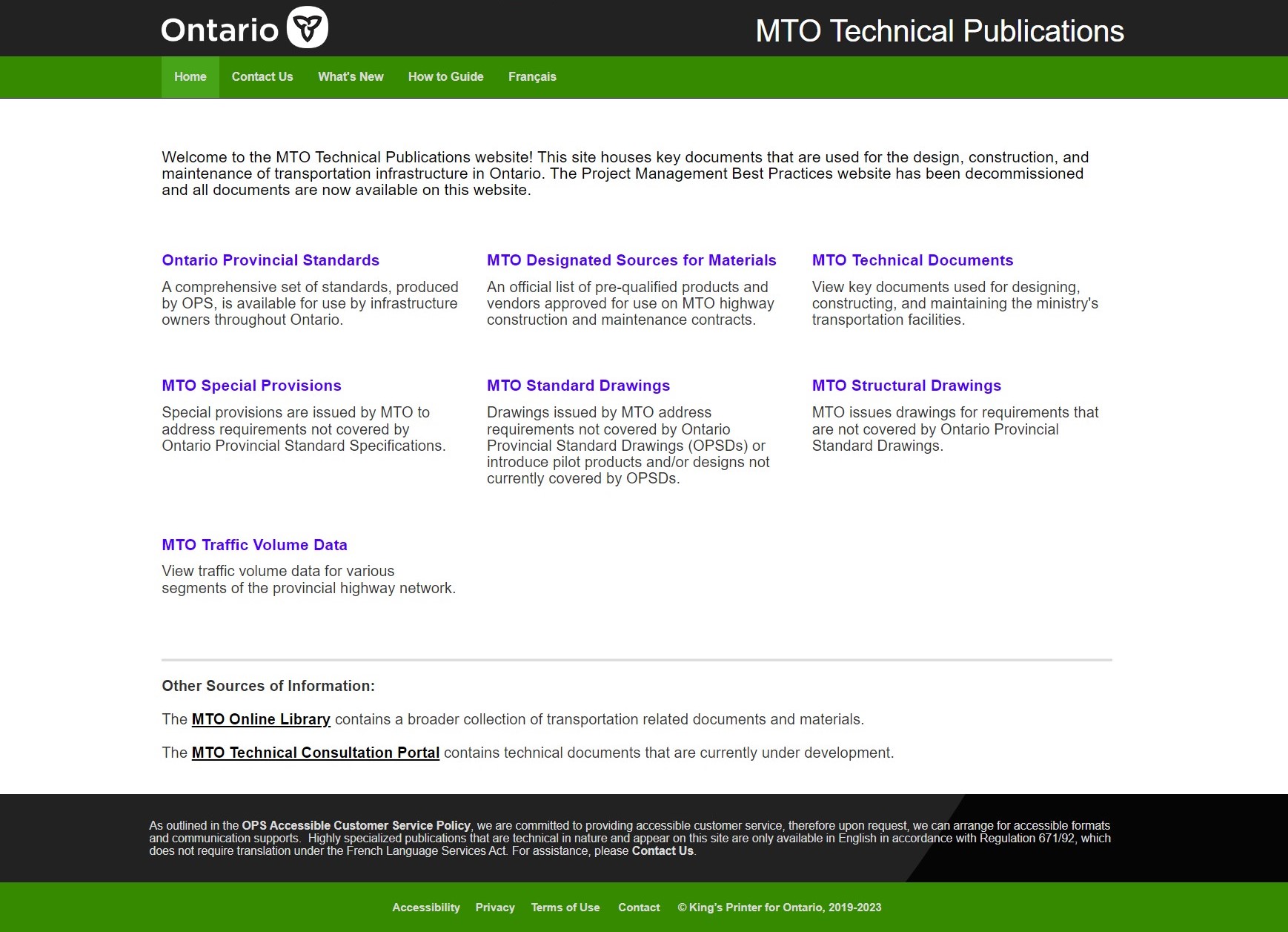Redwan Rashid Chowdhury
Key Skills and Experience:
Linux/Windows Terminal, MobaXterm, PowerShell, WireShark, GitHub, Java (SDLC), C,
C++, Python, Database
(MySQl/SQLite), .NET Framework (C#), Cisco Packet Tracer, MS 365 Suite, Power
BI, Atlassian/Jira, Adobe XD, Figma, BMC Remedy, Overleaf (LaTeX),
Financial/Managerial Accounting, Practical Statistics, Commercial Law, Analysis,
Reporting.
I am deeply passionate about technology and innovation, and I am committed to
staying up-to-date with the latest industry developments. I firmly believe that
my technical expertise, combined with my dedication to delivering exceptional
results, makes me a valuable asset to any organization seeking to drive growth
and achieve success.
Connect on LinkedIn
Key Skills and Experience:
Linux/Windows Terminal, MobaXterm, PowerShell, WireShark, GitHub, Java (SDLC), C, C++, Python, Database (MySQl/SQLite), .NET Framework (C#), Cisco Packet Tracer, MS 365 Suite, Power BI, Atlassian/Jira, Adobe XD, Figma, BMC Remedy, Overleaf (LaTeX), Financial/Managerial Accounting, Practical Statistics, Commercial Law, Analysis, Reporting.
I am deeply passionate about technology and innovation, and I am committed to staying up-to-date with the latest industry developments. I firmly believe that my technical expertise, combined with my dedication to delivering exceptional results, makes me a valuable asset to any organization seeking to drive growth and achieve success.






